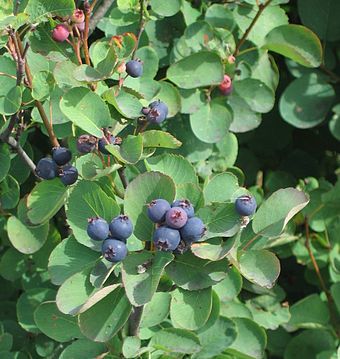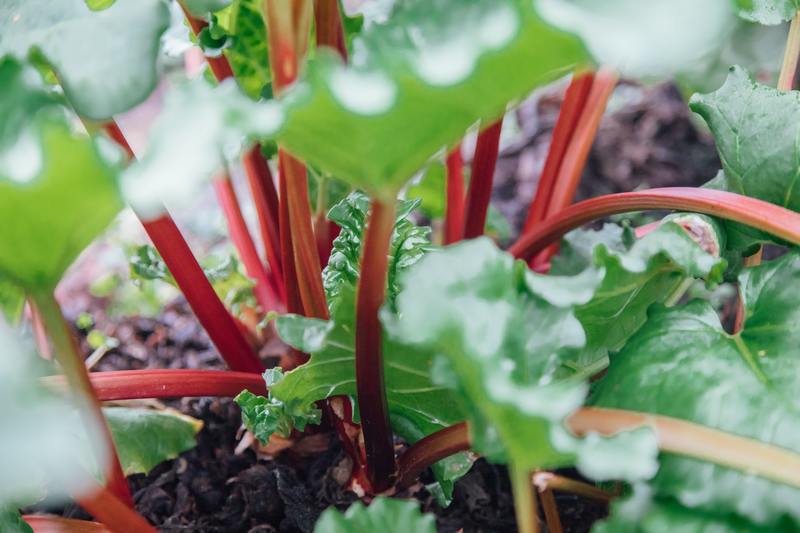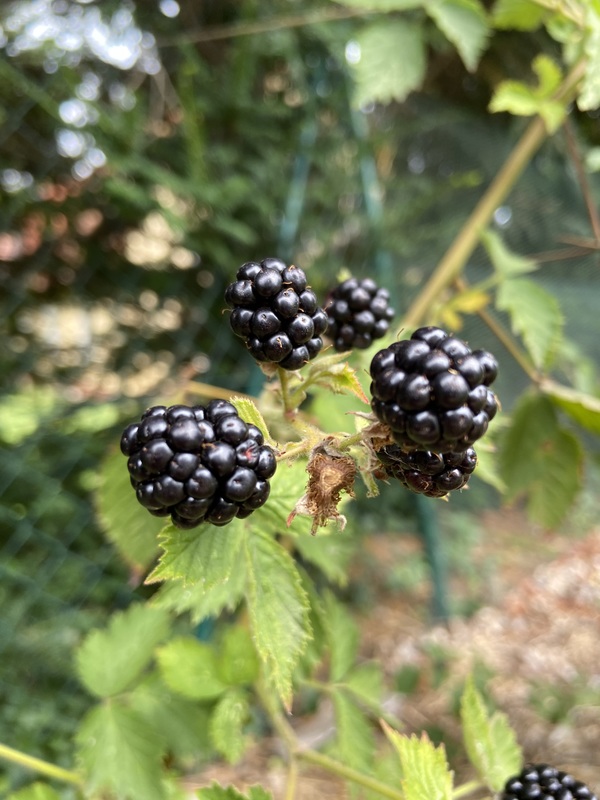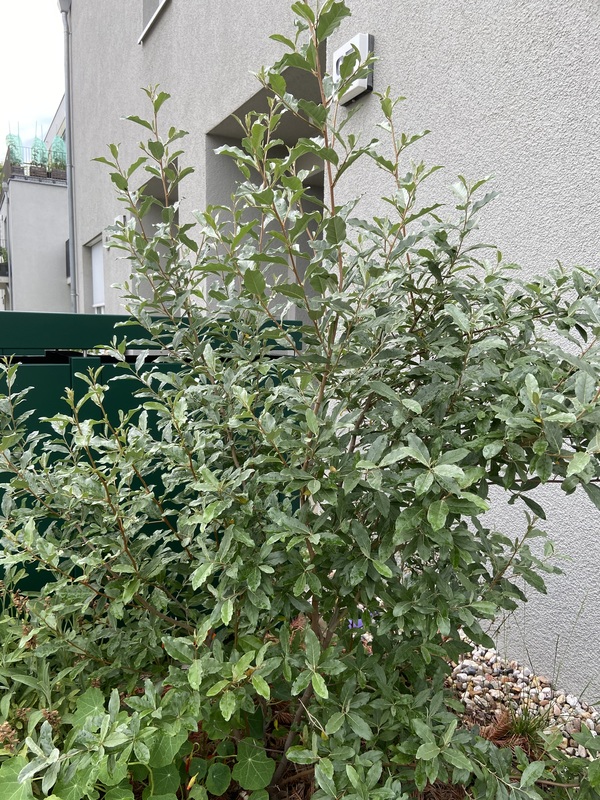Description
Saskatoon berry, also known as Amelanchier alnifolia, is a deciduous shrub native to North America. It typically grows to be 5-10 feet tall, with a spread of about 6-10 feet. It has a round, upright growth habit, with multiple stems branching off from the base. The leaves are oval-shaped and serrated, with a smooth, shiny texture. In the spring, the plant produces small, white flowers that are clustered together in elongated clusters. The fruit, which is the Saskatoon berry, ripens in mid to late summer and is dark purple in color.
The plant prefers full sun to partial shade and well-drained, fertile soil. It is adaptable to a variety of soil types, but will not tolerate wet or poorly drained soils. To cultivate the plant successfully, a grower will need to provide it with adequate moisture during the growing season and protect it from extreme cold in the winter. The plant is winter hardy and can survive in temperatures as low as -40°F.
The Saskatoon berry is edible and can be eaten fresh or cooked. It has a sweet-tart flavor and can be used in a variety of dishes, including pies, jams, and syrups. The berries can also be dried and stored for later use. The plant has a number of uses beyond its edible berries. It is often used as a decorative plant in gardens, and its leaves and branches can be used as a natural fertilizer and mulch. It is also valued by wildlife, providing food and shelter for a variety of birds and mammals.







